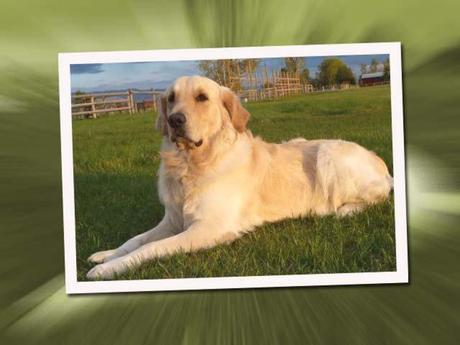 When photographer James Morrissey schedules a portrait setting for a dog, he blocks out three hours.
When photographer James Morrissey schedules a portrait setting for a dog, he blocks out three hours.
“It’s not (getting the subject used to) the equipment, it’s me, getting them used to me,” says Morrissey, owner of Wild Coyote Studio (wildcoyotestudio.com) in New York. “You don’t want to be the exciting new thing, so to speak.”
So there’s one advantage you have when photographing your pet: Your dog knows you, making it easier to get his personality to come through.
Morrissey, who was the green room photographer at this year’s Westminster Kennel Club dog show and who offers a free forum at nwpphotoforum.com, is happy to share his dog photography expertise.
Degree of difficulty: Practice makes perfect. And hey, it’s your dog. This is fun!
Tools needed: Camera (SLR preferred); props and/or squeak toys, optional.
Equipment: He doesn’t recommend a brand, but does recommend a style: “The best type of camera for pet photography is probably still the SLR (single lens reflex),” he says. “Even the cheapest ones offer a lot of control and snappy auto focus.” If money is tight, consider purchasing a used digital SLR and some third-party lenses. “Digital cameras depreciate quickly, so used bodies may be a very affordable alternative.”
Props: It depends on the dog, he says. Some respond, some don’t. He has very few props in his photos. “Props can be very powerful. I don’t use them frequently. I think you need to be very sparing.” He adds that photography is the opposite of painting. “When you’re painting you’re building a canvas that starts with nothing. Photography is all about reduction. You want to clean up your background, focus on your subject. Whenever you clutter things up it gets harder when it comes to creating a beautiful composition.”
Attention-grabbers: “You should see my arsenal. Turkey calls, duck calls, squeak toys. That’s the fun part of the game, all the toys.” Morrissey finds this especially helpful when photographing two or more dogs. It doesn’t have to be that complicated, he says. A crinkling empty potato chip bag or empty plastic water bottle can grab their attention. He tries to avoid using treats. “I will if I have to. Some dogs are just treat motivated. But I try not to. It creates saliva, and a ruly dog sometimes will become unruly if they’re just fixated on a treat.”
Pet prep: Bathing and grooming are always a positive. “You want to photograph dogs when they look their best. After they’ve been to the groomer, been bathed, that’s a wonderful time to photograph a dog. And before they go in the backyard and get muddied up.”
Lighting: “Most of the people who hire me, I do natural light,” he says. “You want to be there the half-hour, hour after sunrise, or the hour or half-hour before sunset.”
Proper perspective: When he photographs children or small dogs, he says he gets “high up to photograph them – how the world sees them. Generally the trick is getting at their level. I like to photograph a dog at eye level. But sometimes, shooting a Chihuahua or dachshund, I get on a ladder and shoot them from above.”
~Courtesy of MiamiHerald
